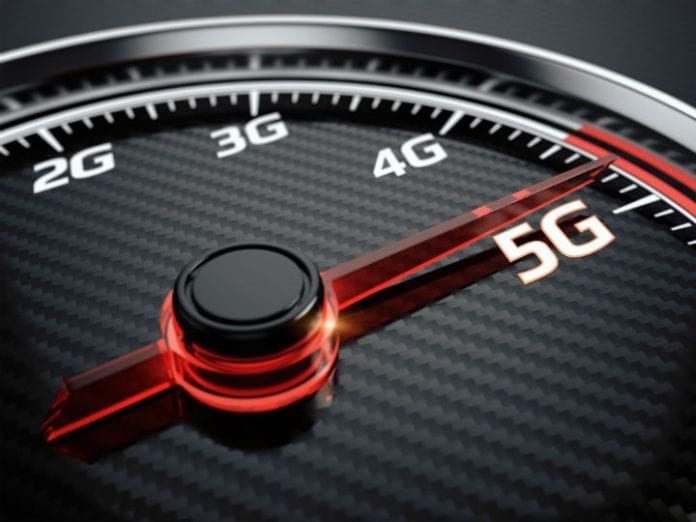In a discussion with Oppenheimer Managing Director Tim Horan during the investment firm’s ongoing Technology, Internet and Communications Conference, Verizon EVP and Group President of Verizon Wireless Ronan Dunne discussed the carrier’s approach to an evolution from LTE to 5G.
Dunne said 5G services will be driven by “low latency or the fact of being able to segment the network even more so that we can allocate traffic and services in a way that really re-dimensions the capacity that’s in the network. I think that will drive a lot more new opportunity and that’s where some of the IoT initiatives that are out there today are really just scratching the surface.”
He’s referring to network slicing–seen as essential to delivering 5G services–which contemplates the automatic creation of cross-domain data pipes tailored to fit the requirements of any given service ranging from an internet of things application up to a capacity- and latency-dependent service like mission critical remote industrial control of, say, mining or offshore drilling equipment. The idea behind network slicing is meeting all service requirements in a way that optimizes allocation of network resources, spectrum and so forth.
“As we look into a 5G world,” Dunne continued, “and you think about, the download speeds and whatever that’s really bandwidth, it’s not single applications that are going to need that, it’s more a suite of applications that may be either in the enterprise or business environment or, you know, home environment where you know some of the experience we’ve seen with unlimited is in some of the semi-rural and rural areas, is where our wireless service is substituting for high-speed internet services. So that gives us an instinct that, as we build out our 5G capability, as we densify the network, enhance the features in the network…we have more potential deployment opportunities.
He mentioned new services around health care and agriculture, as well as “a whole load of new use cases being identified.” For instance, he pointed to a demo Verizon conducted at the Indianapolis 500 race that highlights 5G capabilities. “We put a driver in a car, we blacked out the car completely all of the windows and we set up our 5G wireless network, and we made the driver drive with no visibility other than a head cam, which was streaming from the 5G network. They were able to run round the circuit at 60 miles an hour with no external visibility only relying on the relay coming from the 5G network, because of the virtually zero latency, they were able to drive exactly as normal. When you see that as an example, when you see the difference between 5G latency and 4G latency is a car traveling at 60 miles an hour responding their reaction time being four inches rather than four feet, and you start to get an idea of how there are some amazing capability here and I think over the next 18, 24, 36 months you’ll start to see more of those used cases coming out.”

